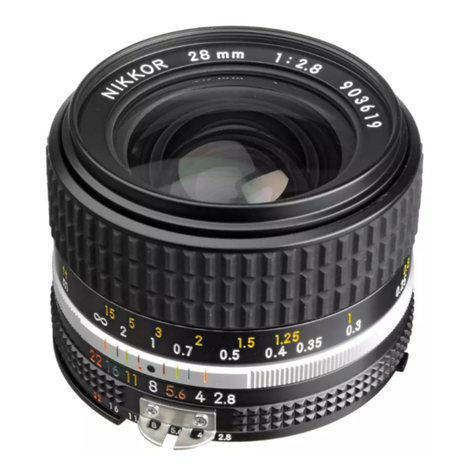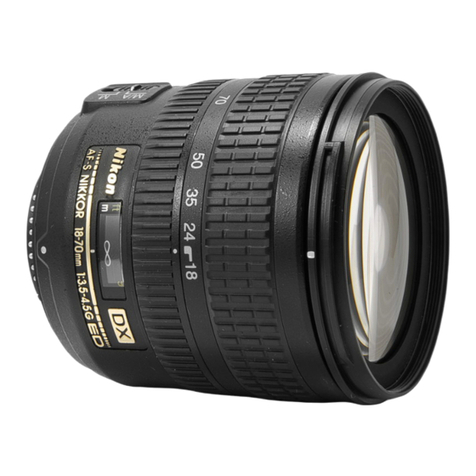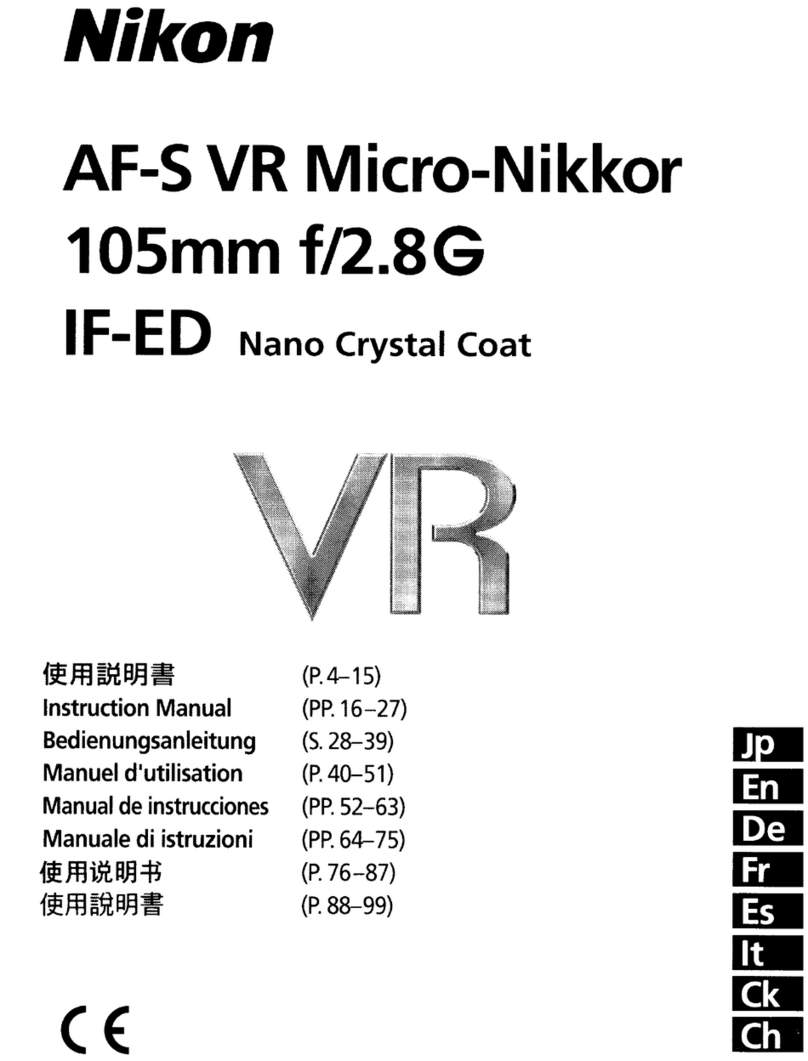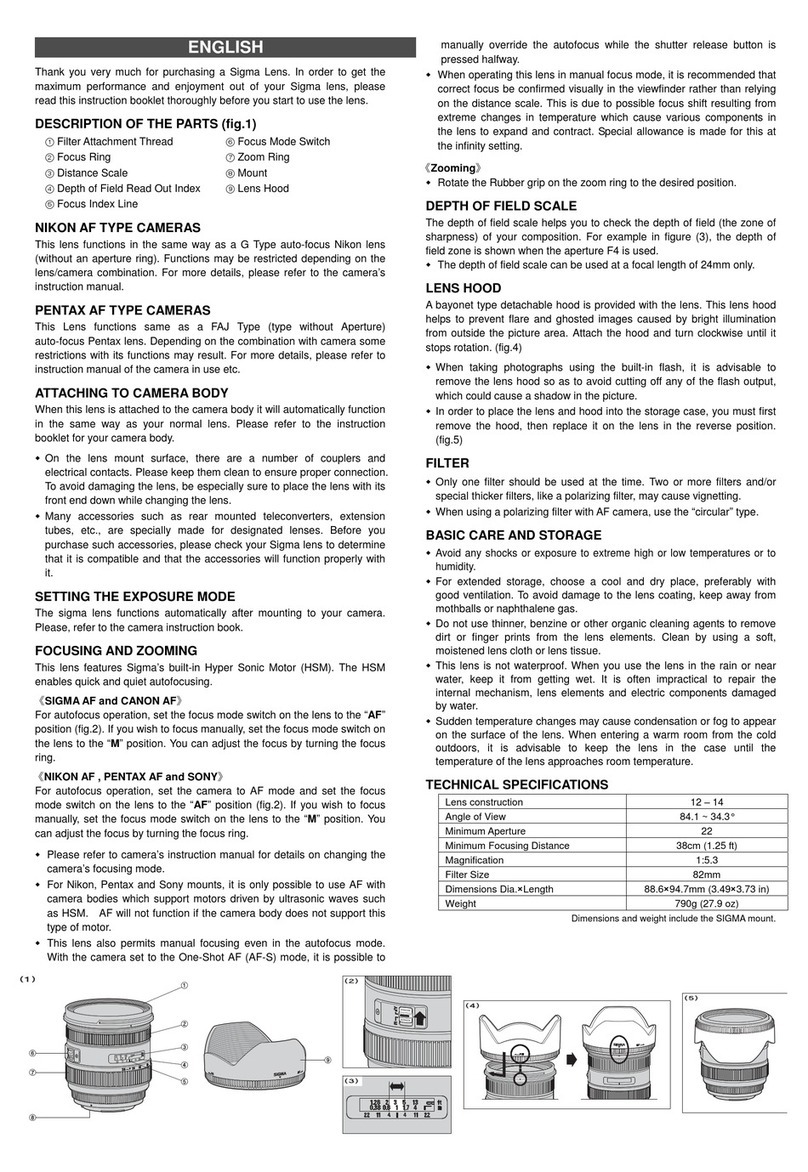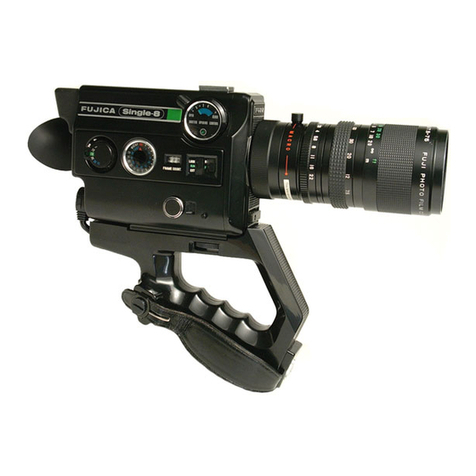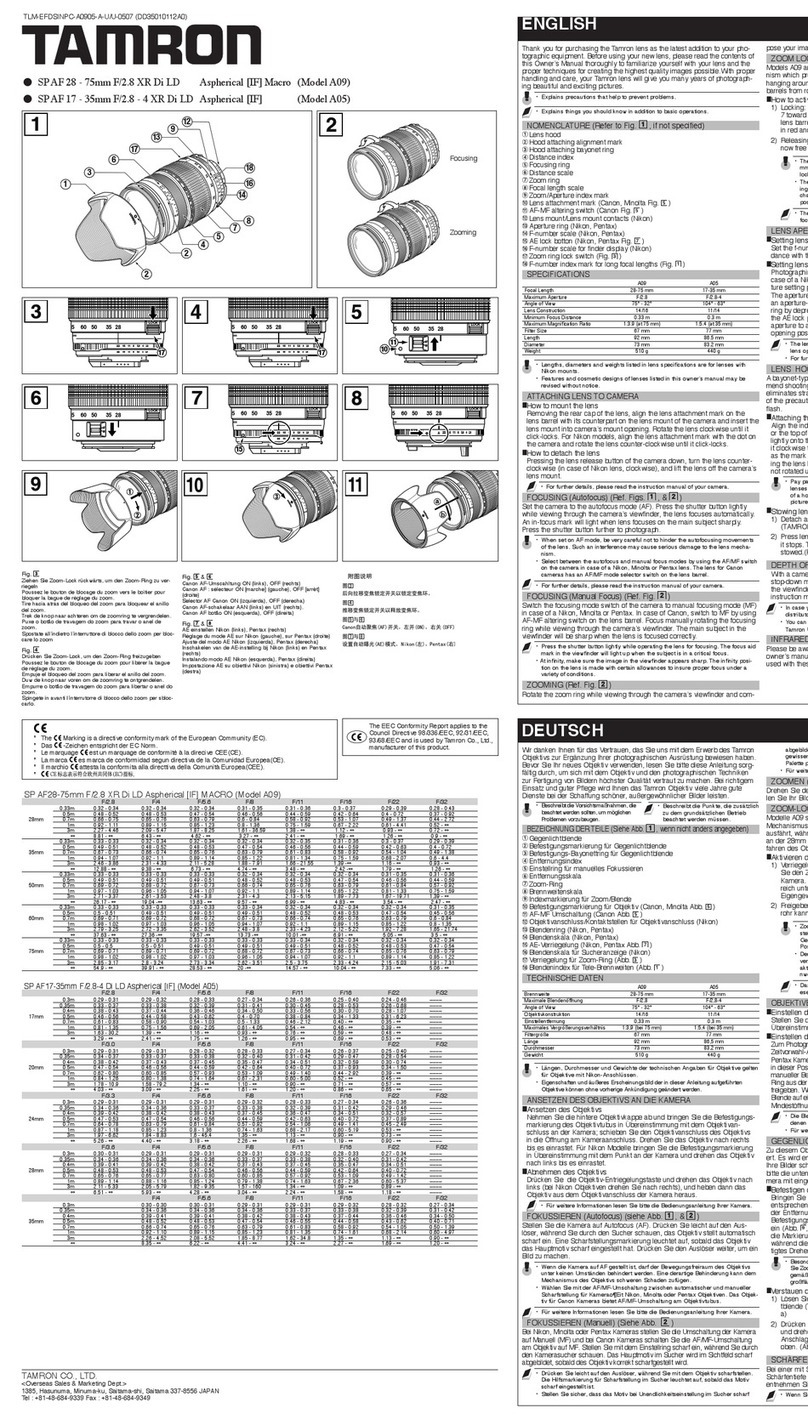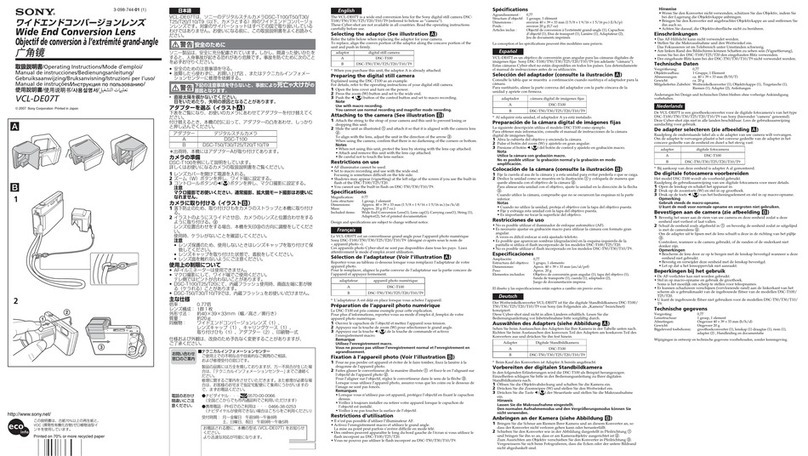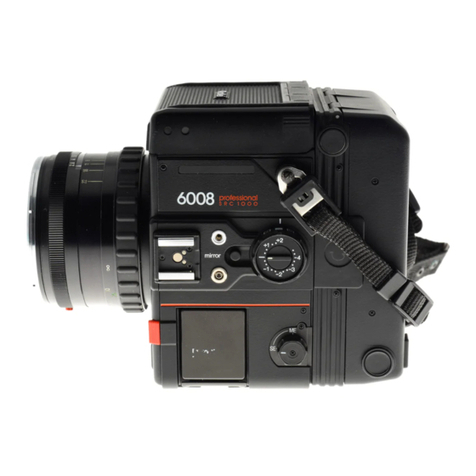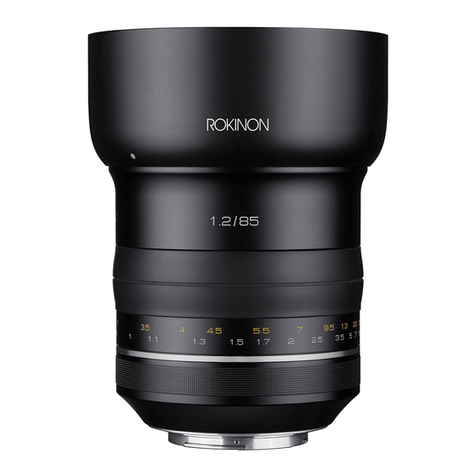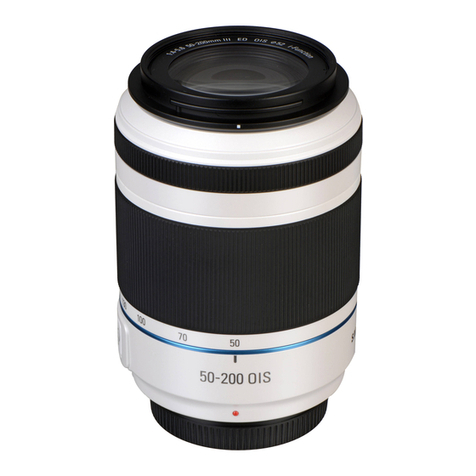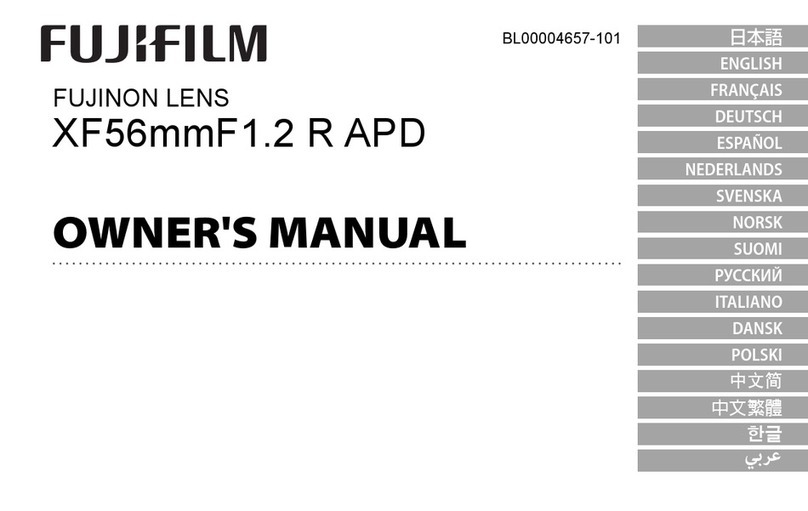Nikon NIKKOR 8Smm User manual
Other Nikon Camera Lens manuals

Nikon
Nikon AF-S NIKKOR User manual
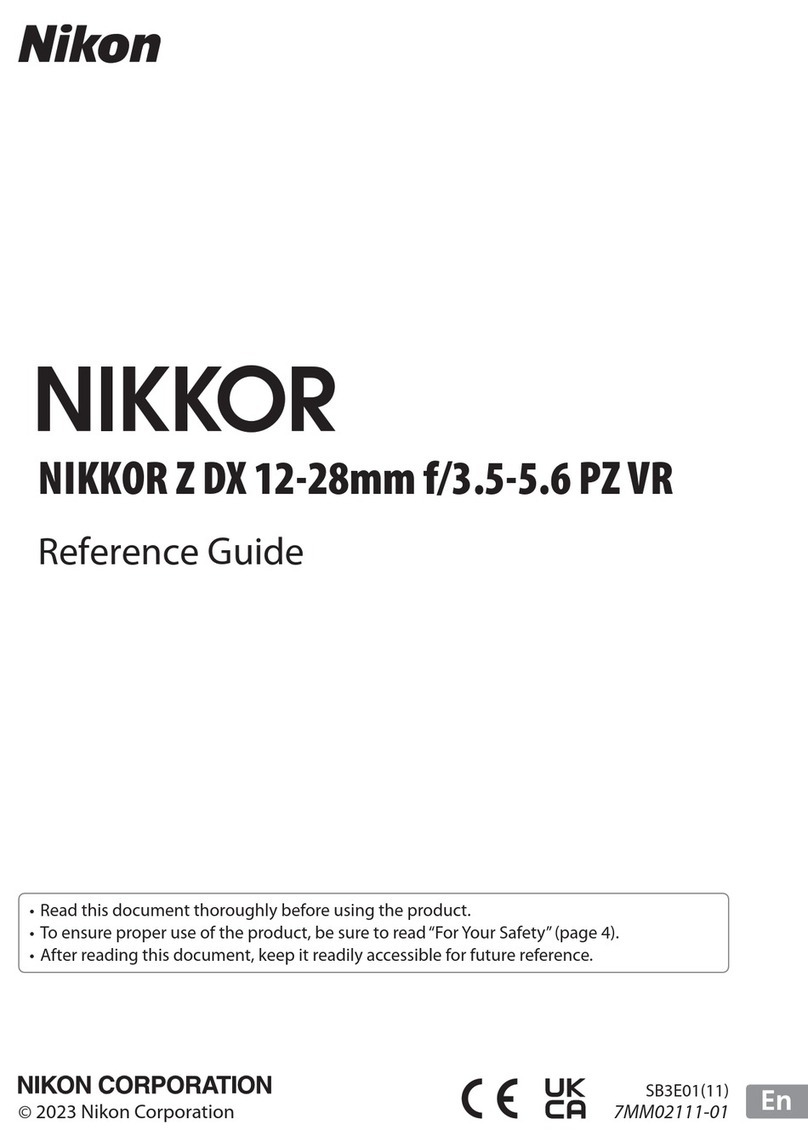
Nikon
Nikon NIKKOR Z DX 12-28mm f/3.5-5.6 PZ VR User manual
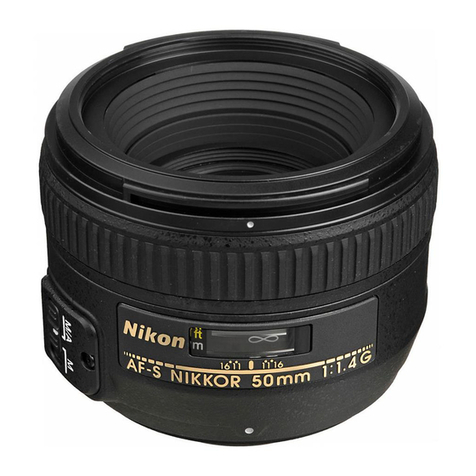
Nikon
Nikon 50mm f/1.4G User manual

Nikon
Nikon AF-S Zoom-Nikkor 28-70mm f/2.8D IF-ED (2.5x) User manual

Nikon
Nikon AF-S Zoom-Nikkor 24-85mm f/3.5-4.5G IF-ED... User manual

Nikon
Nikon AI-S Micro-Nikkor 55mm f/2.8 User manual
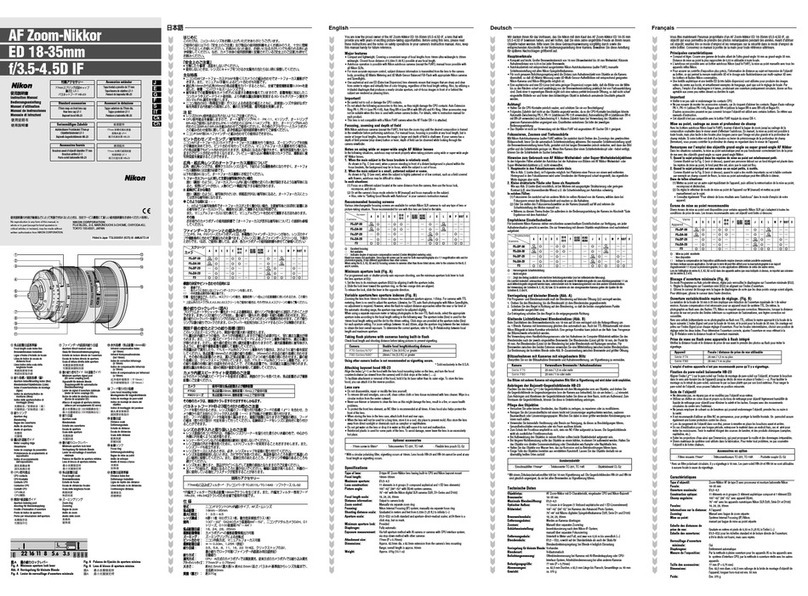
Nikon
Nikon AF Zoom-Nikkor 18-35mm f/3.5-4.5D IF-ED User manual
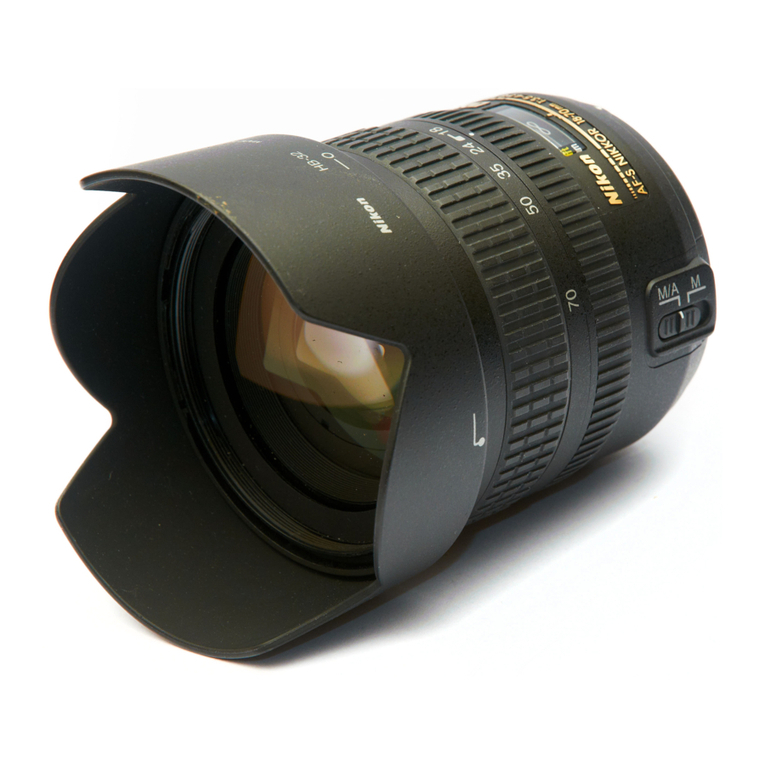
Nikon
Nikon AF-S DX Zoom-Nikkor ED 18-70mm f/3.5-4.5 IF User manual
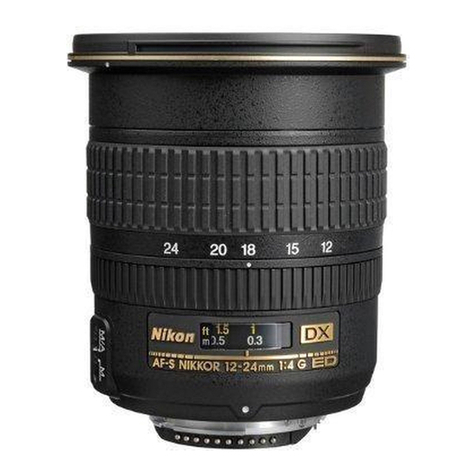
Nikon
Nikon AF-S DX Zoom-Nikkor 12-24mm f/4G IF-ED User manual

Nikon
Nikon AI Micro-Nikkor 105mm f/4 User manual

Nikon
Nikon AF-S VR 300mm f/2.8G IF-ED User manual
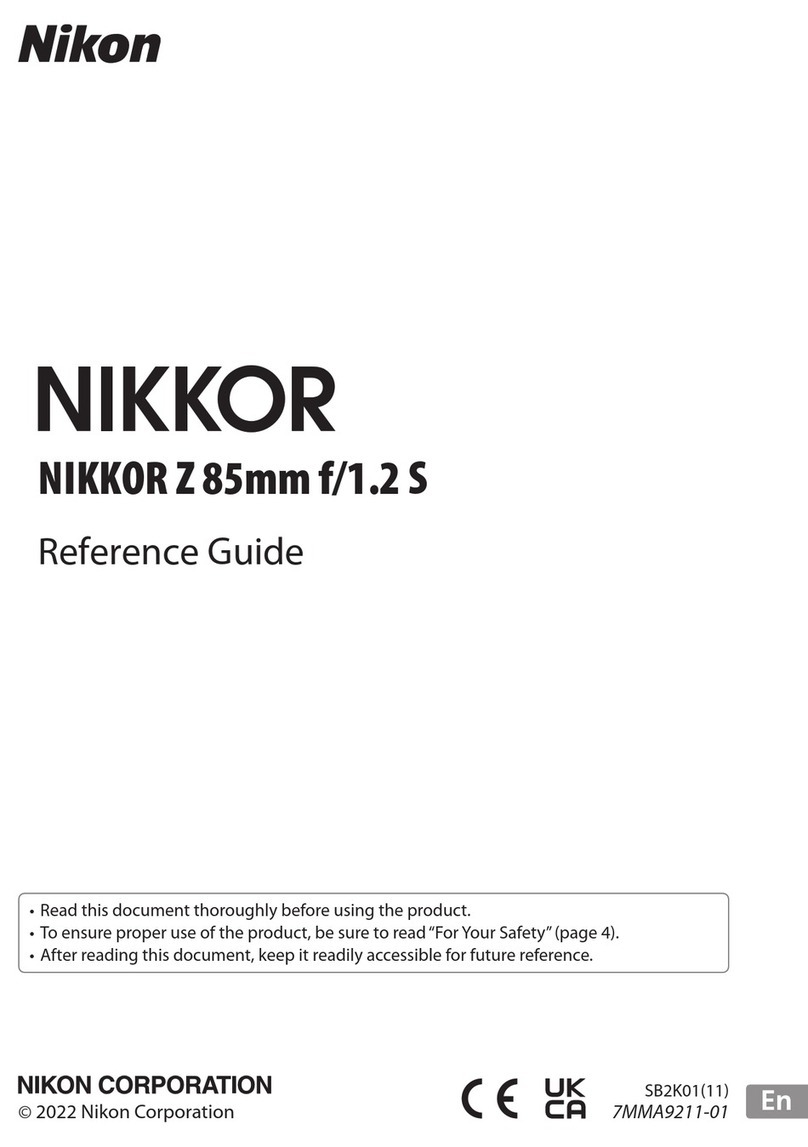
Nikon
Nikon NIKKOR Z 85mm f/1.2 S User manual
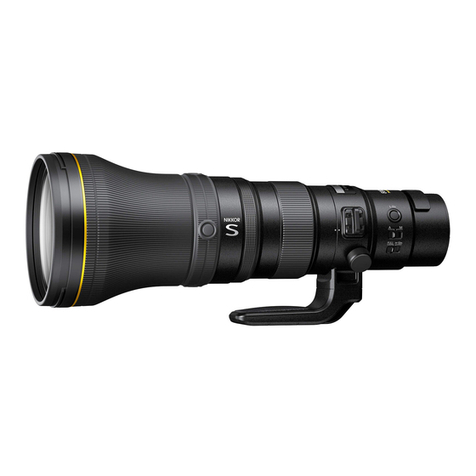
Nikon
Nikon NIKKOR Z 800mm f/6.3 VR S User manual

Nikon
Nikon AF-S DX NIKKOR User manual

Nikon
Nikon NIKKOR User manual
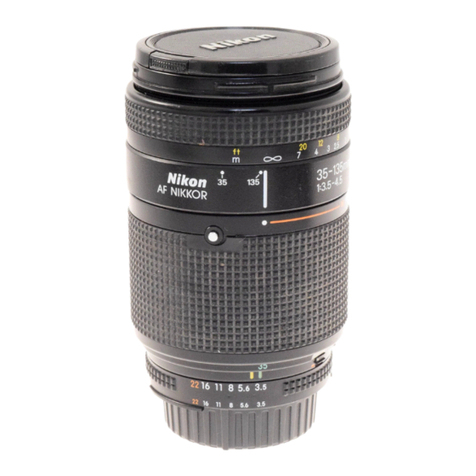
Nikon
Nikon AI-S Zoom-Nikkor 35-135mm f/3.5-4.5 User manual
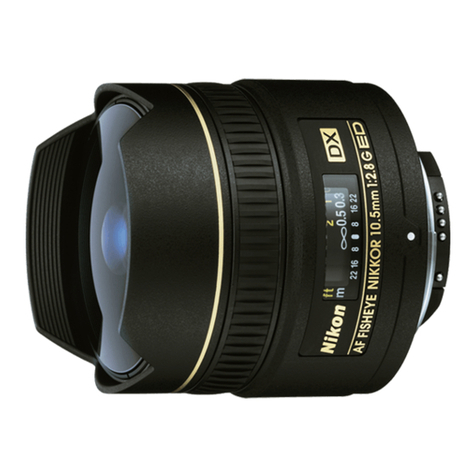
Nikon
Nikon AF DX Fisheye Nikkor Operating instructions
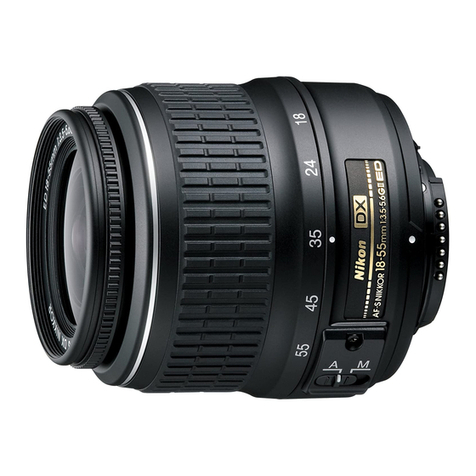
Nikon
Nikon AF-S DX 18-55mm f/3.5-5.6GVR ED User manual
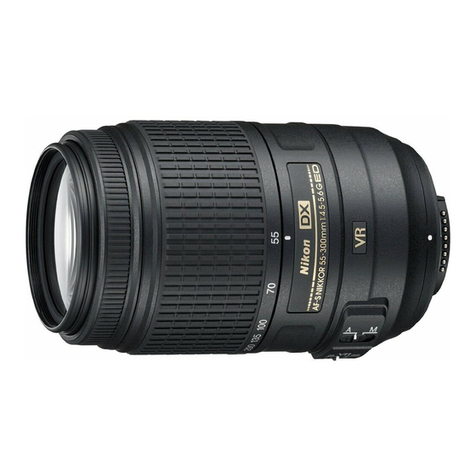
Nikon
Nikon AF-S DX NIKKOR 55-300mm f/4.5-5.6G ED VR User manual
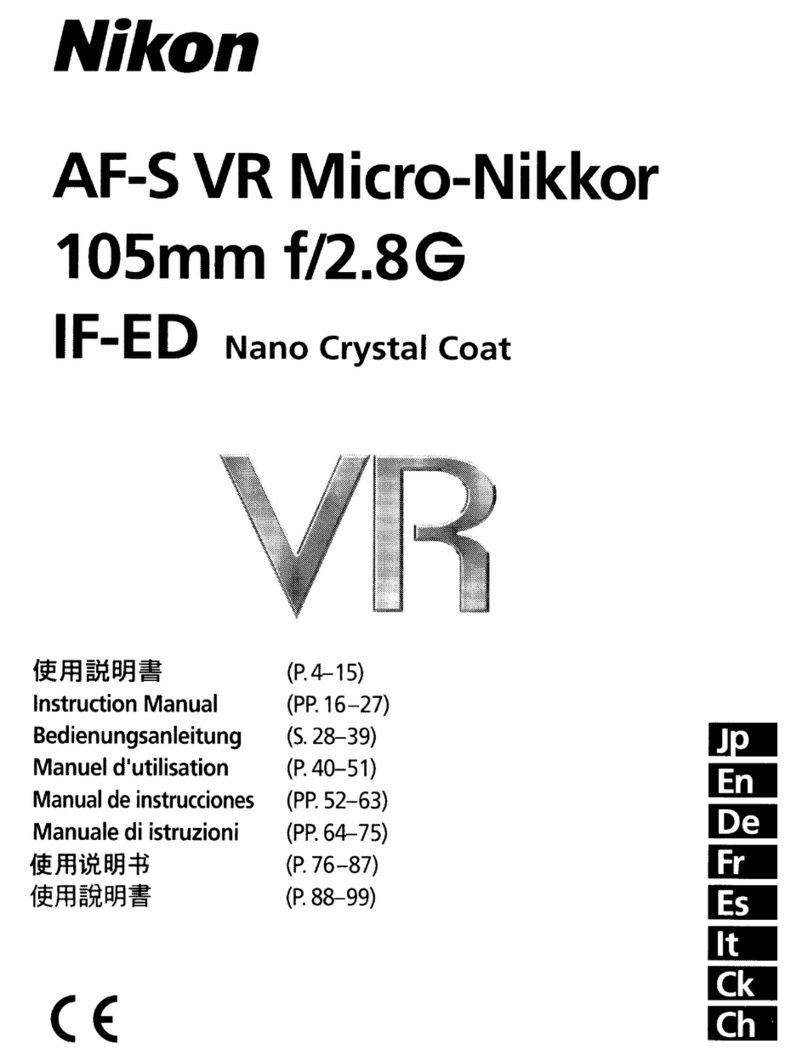
Nikon
Nikon AF-S VR Micro-Nikkor 10Smm fl2.8G IF-ED User manual
Popular Camera Lens manuals by other brands
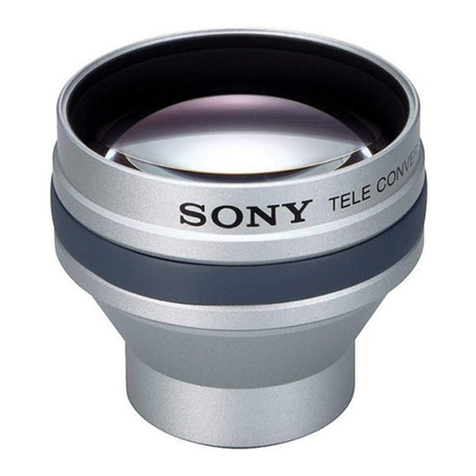
Sony
Sony VCL-HG2037 operating instructions
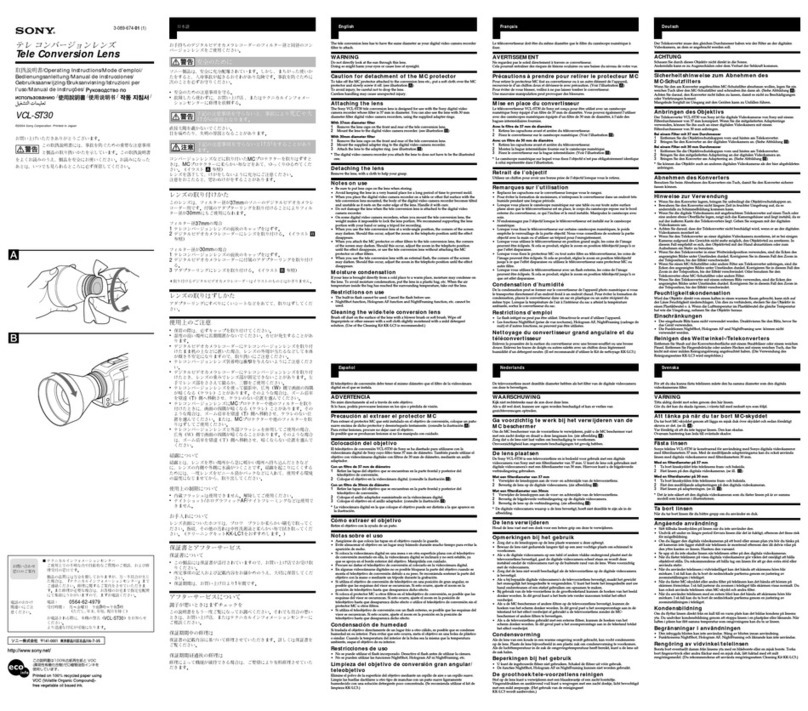
Sony
Sony VCL-ST30 operating instructions

Canon
Canon FD 35 - 70 mm instructions
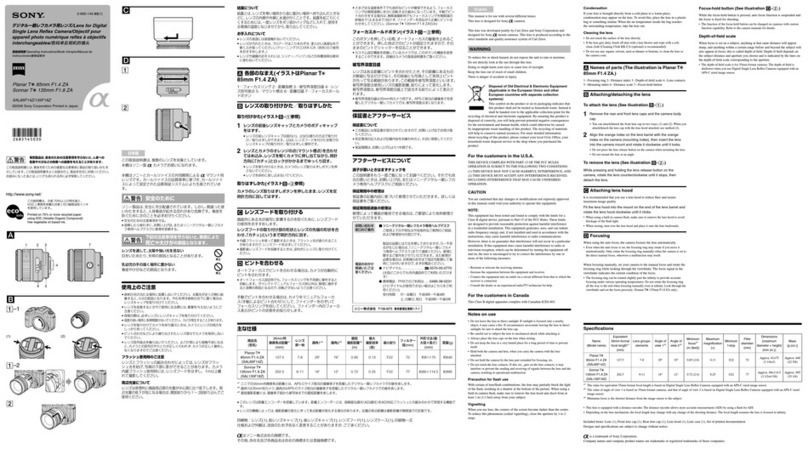
Sony
Sony SAL-85F14Z - 85mm f1.4 Carl Zeiss Planar T Coated Telephoto... operating instructions

Olympus
Olympus M.Zuiko Digital ES 300mm f4.0 IS PRO instructions

ARRI
ARRI Lenses brochure
